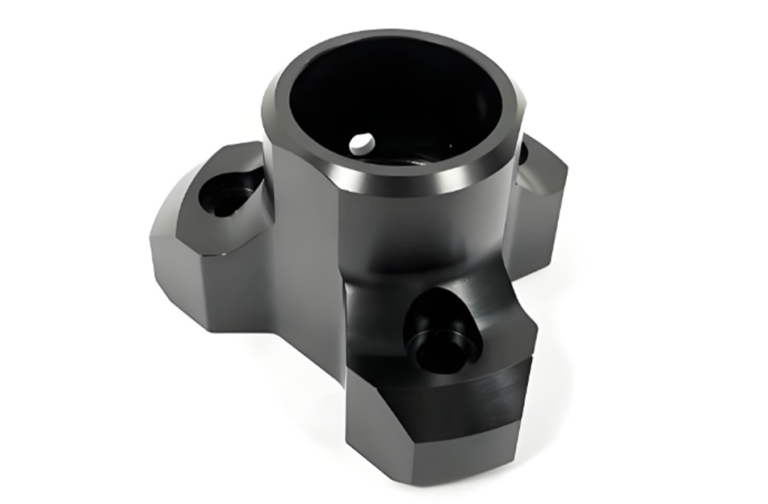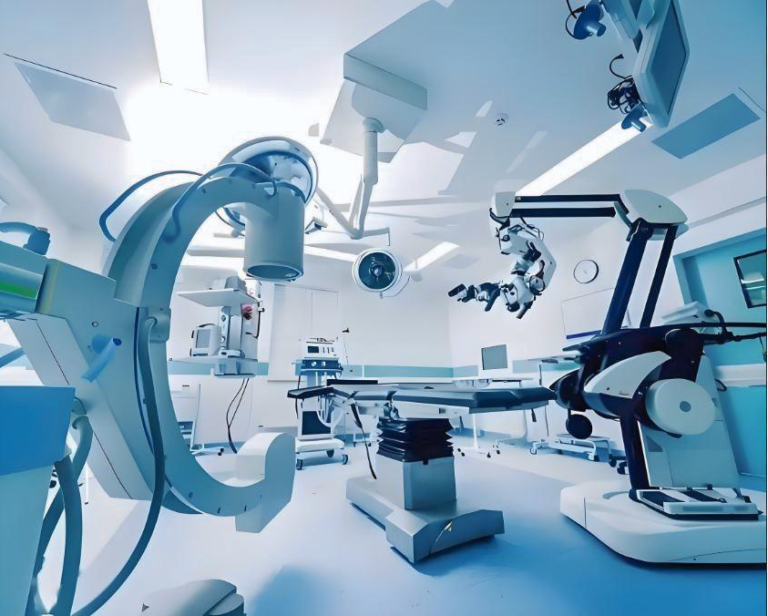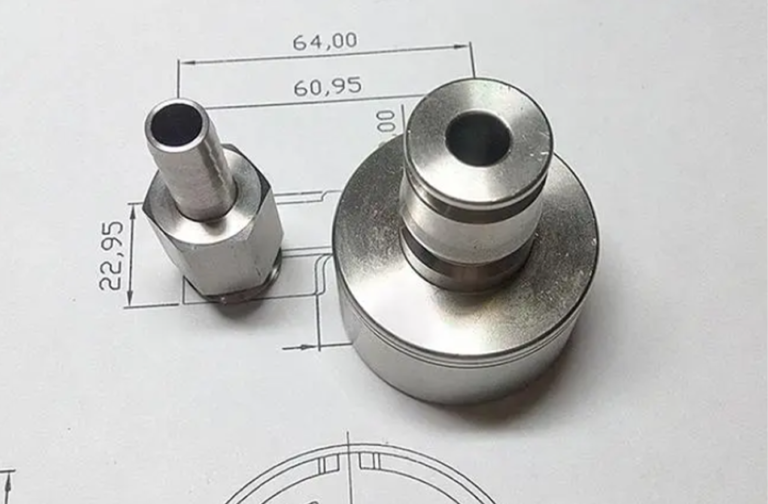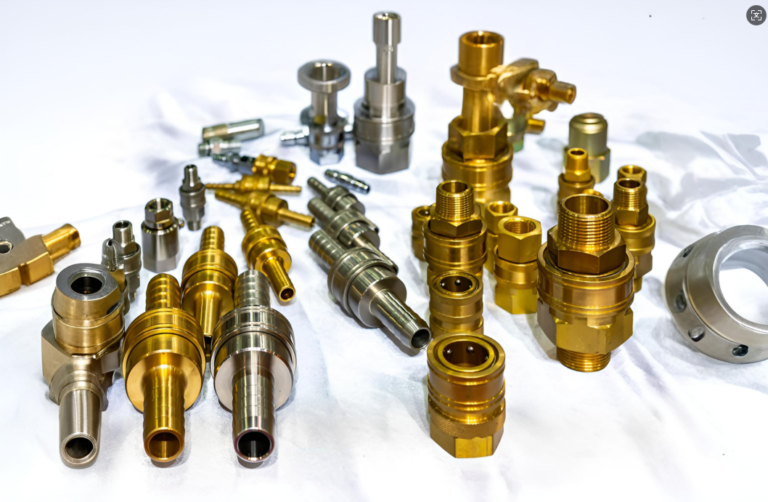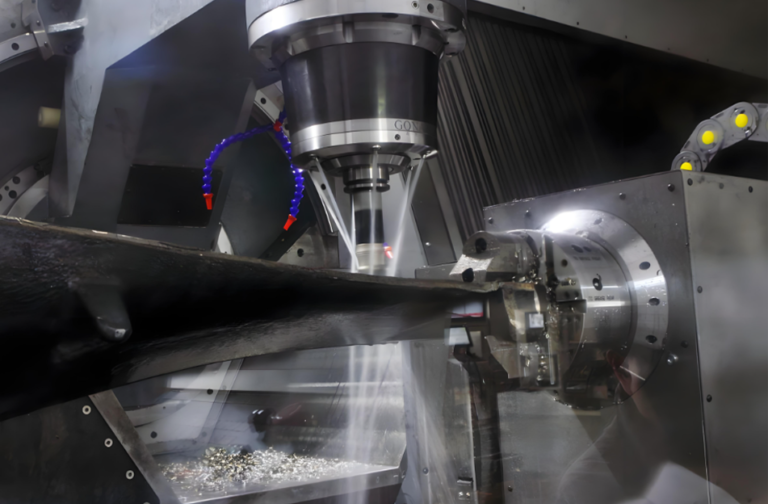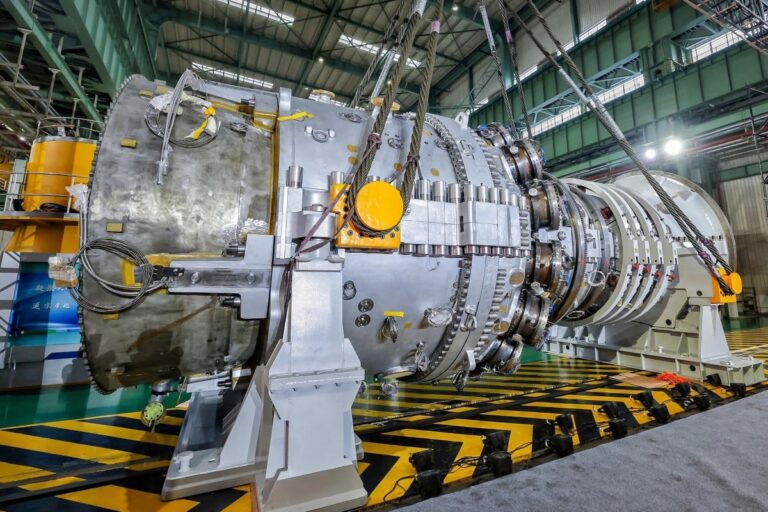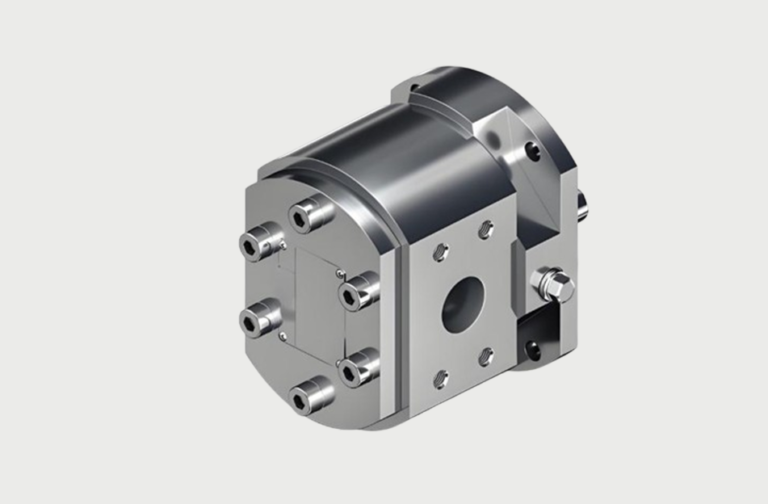Introduction to Rapid Tooling
In today’s fast-paced manufacturing environment, the need for speed and efficiency has never been greater. Rapid tooling bridges the gap between prototyping and full-scale production by enabling the swift creation of molds and tools. By leveraging advanced techniques like CNC machining and 3D printing, manufacturers can significantly reduce lead times and bring products to market faster. At ZKPTC, we provide tailored rapid tooling solutions that streamline your production process and enhance overall efficiency.

Types of Rapid Tooling
Direct Rapid Tooling
Direct rapid tooling involves creating molds directly from CAD designs, often through additive manufacturing methods like 3D printing. This approach is ideal for rapid prototyping and low-volume production.
Indirect Rapid Tooling
In indirect rapid tooling, a master pattern is created first and used to produce molds through processes such as casting. This method offers higher durability and is suitable for medium to high-volume production.
Choosing the Right Method
Each method has unique advantages, and the choice depends on factors like production volume, material type, and budget. ZKPTC’s experts guide you through selecting the best approach for your needs.

Materials Used in Rapid Tooling
Metals
Durable and versatile, metals like aluminum and steel are commonly used in rapid tooling for their strength and machinability. These materials ensure long-lasting molds suitable for repeated use.
Polymers
Polymers like silicone and urethane are lightweight and flexible, making them ideal for creating intricate molds for low-volume production runs.
Composites
Advanced composite materials provide unique properties such as heat resistance and lightweight strength, suitable for specialized tooling applications.
Advantages of Rapid Tooling
Faster Lead Times
Rapid tooling significantly shortens production timelines, allowing manufacturers to move from design to prototyping in a matter of days.
Cost Efficiency
By reducing material waste and labor costs, rapid tooling provides an economical alternative to traditional tooling methods, especially for low-to-medium production volumes.
Enhanced Design Flexibility
Rapid tooling supports iterative design, enabling quick modifications and adaptations to meet changing requirements.
Applications Across Industries
Automotive
Rapid tooling is extensively used in the automotive industry to create prototypes and functional parts, accelerating the development of new vehicle models.
Medical Devices
From surgical tools to diagnostic equipment, rapid tooling enables quick production of critical components, aiding in faster clinical trials and approvals.
Consumer Electronics
Rapid tooling facilitates the development of enclosures, connectors, and other components, supporting innovation in the fast-evolving electronics sector.
ZKPTC’s Expertise in Rapid Tooling

Advanced Technology
ZKPTC utilizes cutting-edge CNC machinery and 3D printing technologies to deliver high-quality rapid tooling solutions tailored to your specific needs.
Custom Solutions
We work closely with our clients to understand their unique requirements, offering personalized services that ensure optimal results.
Quality Assurance
Our stringent quality control measures ensure that every tool and mold meets the highest standards of precision and durability.
Future Trends in Rapid Tooling
Artificial Intelligence and Automation
AI-powered systems are enhancing the efficiency of rapid tooling processes by predicting maintenance needs and optimizing workflows.
Sustainable Practices
The use of eco-friendly materials and energy-efficient processes is becoming increasingly important in the rapid tooling landscape.
Advancements in Material Science
Emerging materials with improved properties are expanding the possibilities of rapid tooling, enabling more robust and versatile applications.


